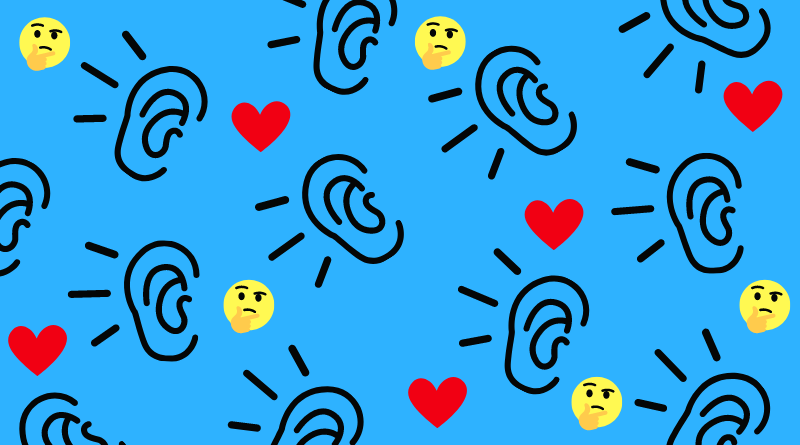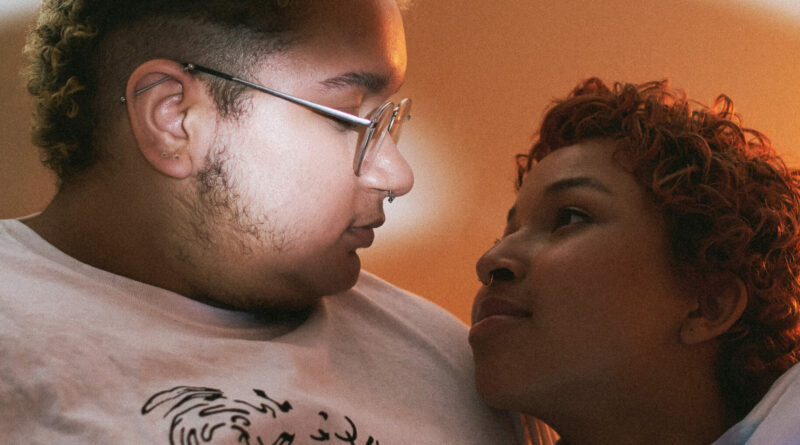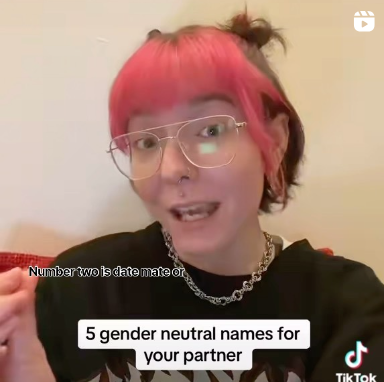T4T relationships: Celebrating trans+ connections
Trans+ people often deal with many of the same struggles in relationships as cisgender people, but there are some extra considerations to keep in mind too
Communication is a major part of any healthy relationship. Whether you’re a trans+ person yourself, or you are in a relationship with a trans+ person, here are some things you may want to check in about.

Names and pronouns
🟢 What name would you like your partner to call you?
🟢 What pronouns would you like them to use?
🟢 Do you feel comfortable using that name around everyone? Or are there certain situations where you use a different name? Or different pronouns?
🟢 A common part of social transitioning is trying out different names and/or pronouns. It’s good to regularly check-in on this.
Pet-names/nicknames
🟡 Sometimes pet-names and nicknames can feel gendered to someone in a way that it might not to others. Have a little check in before you start using any new names.
🟡 What nicknames or pet-names make you feel loved and affirmed in your gender identity?
Body parts
🟠 Especially for trans+ people, the medical names for body parts may be uncomfortable or cause gender dysphoria.
🟠 Having a conversation about which words help you feel comfortable in your gender identity can help to relieve some of this discomfort.
Labels
🟣 Do you want to be called boyfriend, girlfriend, enbyfriend, partner, or something else? Dee has a brilliant video with some alternative words to ‘partner’:
🟣 And do you feel comfortable being called that around everyone? Or are there certain situations where you would prefer a different label?
🟣 If your partner labels their sexuality (ie. gay, lesbian, bisexual) or the relationship (ie. lesbian, gay, same-sex), does it make you feel affirmed in your gender identity?
🟣 How would you label your relationship?
Regardless of where someone is on their gender journey, there may be places of misunderstanding, bias, disagreement or ignorance about what it means to be trans+ or non-binary. It can help a lot to discuss this ahead of time. Have a think about how you might respond in your relationship when conflict or confusion occurs. This can help you feel more confident when you encounter it.
What topics do you feel comfortable explaining and exploring together, and what would you rather they research on their own?

“A really special thing about being in a relationship with another trans+ person”
I am trans+nonbinary and use they/them pronouns, and my girlfriend is trans+nonbinary and uses she/they pronouns. We are both out to friends and family, so we don’t need to be as protective or careful with using correct names and pronouns around them.
She calls me her girlfriend, and I like that from her. But I wouldn’t want other people to call me that. I trust that she understands how I feel about my gender identity to know the ‘girl’ part of the label doesn’t define me. I call her ‘my girlfriend’, and in less inclusive crowds ‘my partner’. But when I use ‘partner’, people usually assume I am dating a man.
We like to joke that many of the pet-names are names that you might use to call a cat. They’re not particularly gendered, which is nice.
I don’t know a lot about the science of medical transition, but my girlfriend studied chemistry at university and likes learning about and sharing the science. Because my girlfriend uses both she and they pronouns, I like to check in about how she wants them used. I can give advice about ‘women’s’ clothing, such as looking for bras that are supportive rather than restrictive. We have talked about different aspects of our transition journeys, where we’ve been, where we are now, and what we want for the future.
As partners, we can help each other through moments of gender dysphoria, and be excited for each other through moments of gender euphoria. This is a really special thing about being in a relationship with another trans person. It may be partly why other trans+ people often choose to be in t4t (trans for trans) relationships, where they specifically choose to engage in romantic and/or sexual relationships with other trans+ people.
Anna, they/them
This article is part of our “Am I Trans?” Translating Sex, Identity & Relationships content series: supporting trans+ young people to access sex and relationships education that is relevant to their experiences and needs. Discover the full series here.
We use the term trans+ in our articles as an umbrella term intended to incorporate all transgender, non-binary, agender and genderfluid identities.
Some of the content addresses potentially triggering topics, such as transphobia and gender dysphoria. We’ve added specific content warnings to these pieces, but please take a moment to check in with yourself and how you’re feeling before diving into the series.
Other support
- Discover the full series
- Support & resources for trans+ young people
- Switchboard helpline – for anyone, anywhere in the country, at any point in their journey to discuss anything related to sexuality and gender identity
- Gendered Intelligence – Knowledge is Power resource for young trans+ people
Read more
Last Reviewed 22 April 2024
Image Credit: The Gender Spectrum Collection






